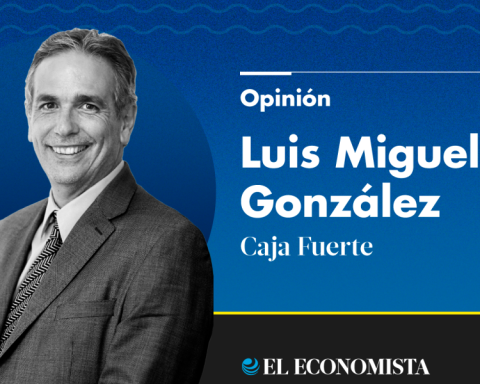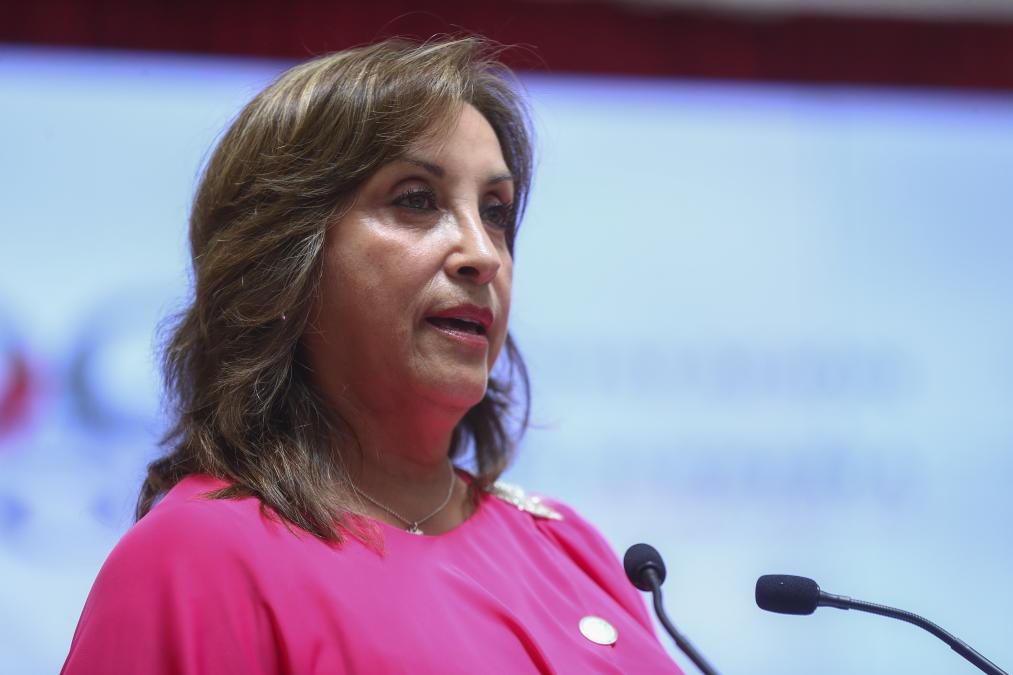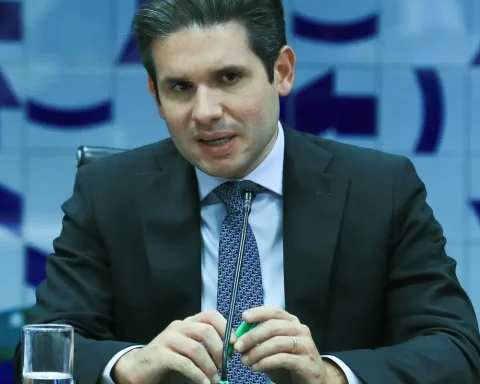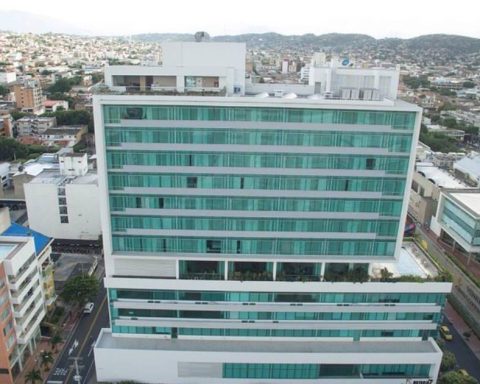The global health panorama experiences significant transformations driven by three main megaters: the Accelerated aging of the population, the growing urbanization and vertiginous technological advances. These trends present both challenges and opportunities for health systems worldwide, according to information from the World Economic Forum.
1. Population aging: a growing challenge
The world life expectancy increased significantlyfrom 34 years in 1913 to 72 years in 2022, and it is expected to continue ascent. While this increase is a positive achievement, it also entails an increase in the prevalence of chronic diseases. Approximately the 80% of adults over 65 years They suffer at least one chronic disease, which generates a significant demand in health systems. In addition, the appearance of new diseases associated with aging raises additional challenges that require substantial medical innovations.
It is imperative Develop strategies to serve an aging population Without overloading health systems, which already face limitations. This includes the promotion of healthy lifestyles, disease prevention and the implementation of care models that adapt to the specific needs of older adults.
2. Accelerated urbanization: impact on public health
Urbanization is another significant tendency, with more than 56% of the world population residing in urban areasand this figure is expected to reach almost 70% by 2050. While cities offer infrastructure that can facilitate access to health services, rapid urban growth can impose unsustainable demands on urban health systems.
The concentration of people in urban areas can lead to challenges such as environmental pollution, sedentary lifestyles and a greater incidence of noncommunicable diseases. It is essential that public health policies address these problems through sustainable urban planning, the promotion of healthy environments and the strengthening of health services in cities.
3. Technological advances: revolutionizing medical care
Technological advances, especially in artificial intelligence (AI), They are transforming medical care. The Ia is accelerating the discovery and design of new drugs, allowing identifying proteins or specific pathways of diseases and predicting which chemical compounds can effectively attack them. This facilitates the development of more precise medications with less side effects, which is crucial for older patients with multiple health conditions.
In addition, technology is improving medical care through portable devices that continuously monitor vital constants, allowing early and personalized interventions. Advances in vaccines, such as RNA -based those, have proven to be revolutionaries, offering rapid responses to emerging pathogens and opening the door to multipatogenic vaccines that protect against multiple diseases in a single dose.
Addressing these challenges requires a Interdisciplinary collaboration Among governments, the Life Sciences Sector, the Academic World and Technological Industries. It is essential to demolish information silos, prioritize data security and address inequalities that hinder effective collaboration.
















